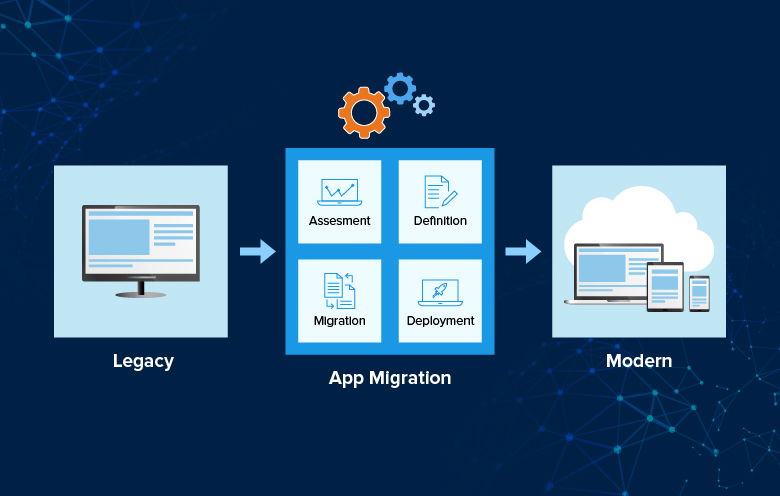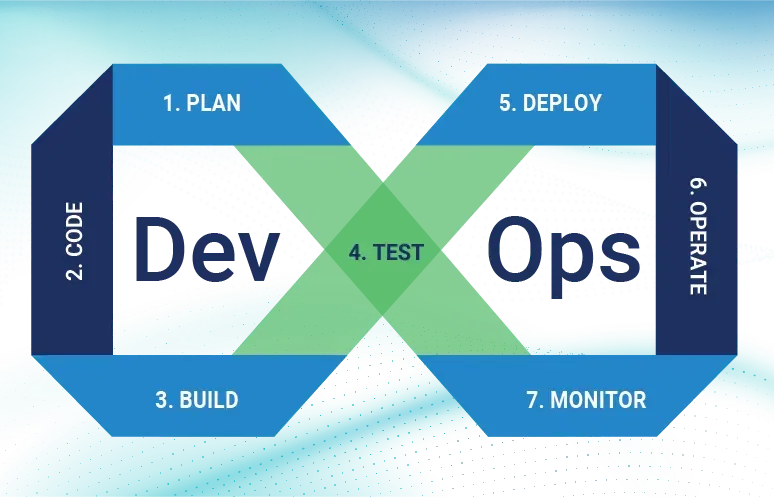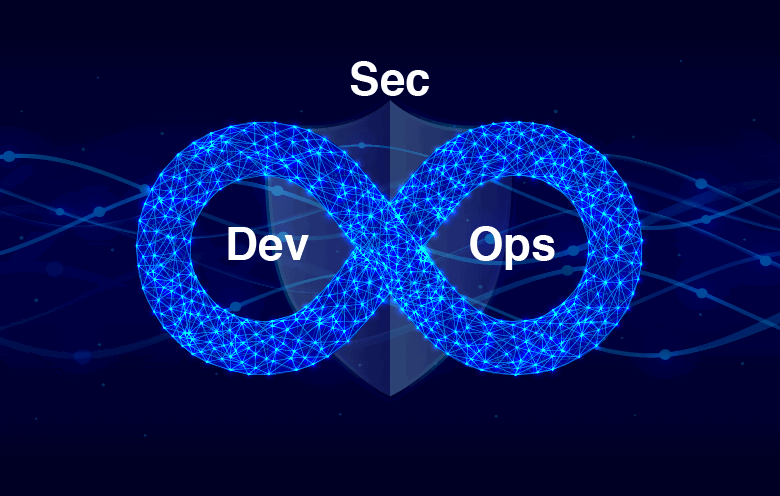The digital transformation is driving organizations to modernize their legacy systems and apps. With the pace of change in the tech industry, modern organizations are experiencing the urgency to migrate from legacy apps to microservices to enhance digital customer experience. So now, more than ever, migration of legacy apps is crucial for enterprises to stay ahead of the curve.
Moreover, due to the impact of the COVID-19 pandemic on different sectors, the need to transform legacy apps is more prevalent than ever before. So, to respond to this new environment, enterprises must keep up with the technology and migrate the existing core business apps to microservices.
Hence, to move legacy apps to microservices, modern organizations can embrace the DevOps practice. DevOps can be the much-needed solution to access legacy apps and turn them into scalable microservices-based apps faster. Read this blog post to know how DevOps can help you to transform your old apps into microservices.
Challenges in transitioning legacy apps to microservices
Legacy applications encompass everything from bespoke applications (developed in-house) to prominent applications, which are customized as per an organization’s unique needs. Because of their unique, custom-built nature, legacy applications can be challenging to migrate to microservices. The issues faced by organizations in transitioning legacy apps to microservices can be classified broadly into the following:
Decomposition: The architecture of microservices is more complicated than legacy apps. Hence, the difficulty lies in decomposing the existing apps into granular microservices to suit the business needs.
Security concerns: Access to microservices can be secured using API gateway pattern which abstracts the underlying microservices from external clients. While in legacy apps, façade pattern is used to secure the aggregate data from several services.
Organizational challenges: There are several organizational challenges involved in migrating legacy apps to microservices. One such challenge is the structure of an organization. For microservice-based apps, an organization needs effective communication between the stakeholders and team members.
The DevOps approach to migrating legacy apps to Microservices
Migrating old apps or core apps to microservices can be an intricate or uncomplicated process, depending on the approach an organization follows. Transforming legacy apps requires a significant cultural shift and an agile DevOps approach. DevOps is not just an approach; it is a culture. If you are thinking to migrate your legacy apps to microservices using DevOps strategy, then you must keep the following steps in mind.
1. Continuous Integration and Continuous Delivery
Modernizing older apps requires moving from the traditional processes to smarter and faster processes. DevOps principles are based on CI/CD practices, which can help you to focus on automation. It will also assist you to streamline the code pipeline delivery while moving your legacy apps to microservices. Moving the existing code on the central repository using DevOps results in continuous building, testing and integration.
2. Automation of core infrastructure
One of the main objectives of modernizing legacy apps is moving from manual processes to automated processes. Automation of the core infrastructure can help you reduce time and cost as well as achieve business goals with agility. DevOps approach to app migration can also help you to achieve better performance and greater efficiency.
3. Deploying a Kubernetes app management model
Kubernetes is a platform that can host, manage, scale and deploy containers, which are well-suited to the microservices pattern. Kubernetes app management model will help you to move legacy apps to microservices and connect them into a single platform i.e. Kubernetes. It ensures that the container environment runs properly.
4. Embedding security in DevOps processes
One of the concerns regarding transitioning of legacy apps to microservices with the DevOps approach is security. It is critical to embed security in DevOps processes while transitioning legacy apps to microservices. Older apps do not have security and governance services. So, while transforming, DevOps can place security and governance services outside the app domain.
Why move to microservices?
Migrating legacy apps to microservices has several advantages, including:
- Reduce time and cost
- Increase time-to-market
- Build innovative, agile solutions
- Achieve flexibility and scalability
- Respond faster to the needs
A prominent example
In the year 2012, Walmart had to rearchitect its huge online business from monolith to modern platform to efficiently deal with 6 million page views per minute. The digital transformation led them to adopt DevOps approach for migrating their legacy systems to microservices. Consequently, the company encountered a 20% increase in raised conversations and a 98% increase in mobile orders, overnight. After refactoring their existing apps and software, they were also able to successfully eliminate their biggest concern of downtime during events like Black Friday.
The magic of DevOps
Digital is the need of an hour. And the COVID-19 pandemic is propelling enterprises to adapt to the virtual ways of operations and modernize legacy apps or systems. Legacy app migration is as essential as digital transformation, microservices and DevOps implementation is the best way to transform older apps. Migrating existing apps to microservices is the first step in the direction of digital transformation. If you want to realize the full potential of legacy app migration to microservices with DevOps consulting services, consult our experts.



